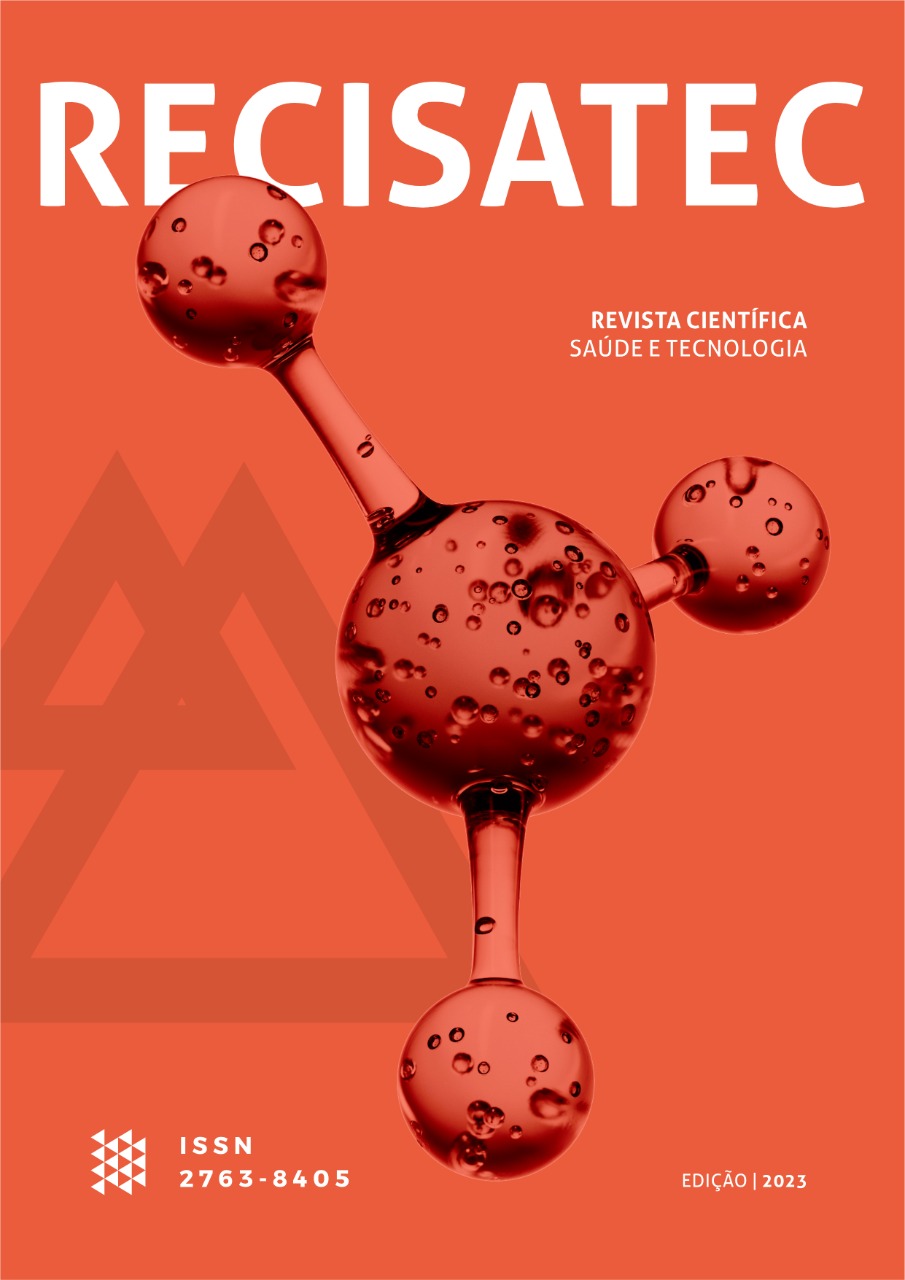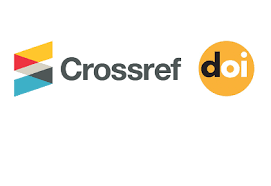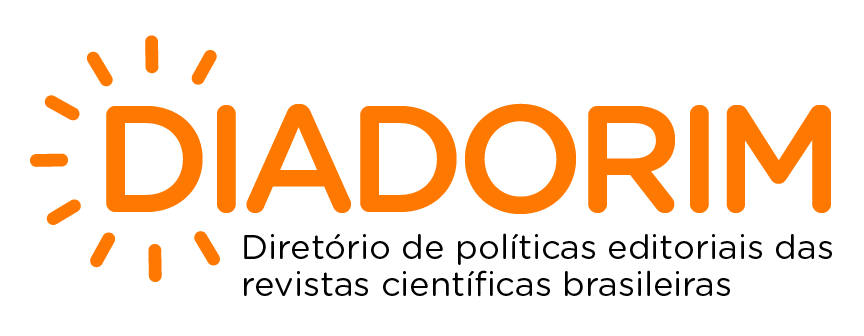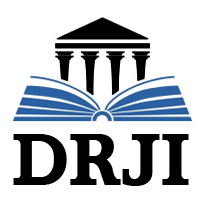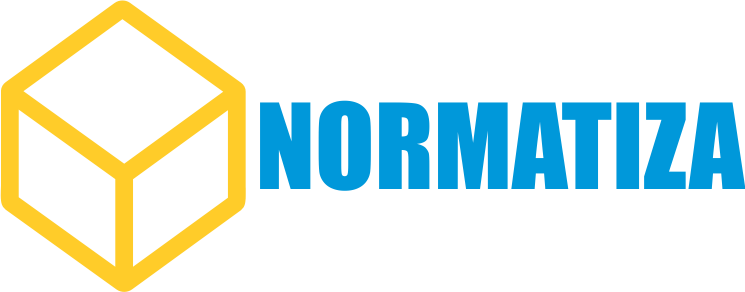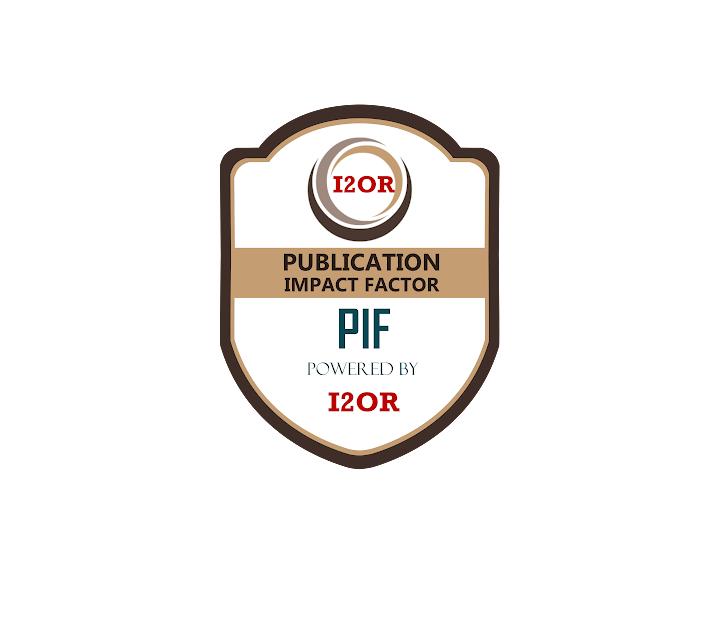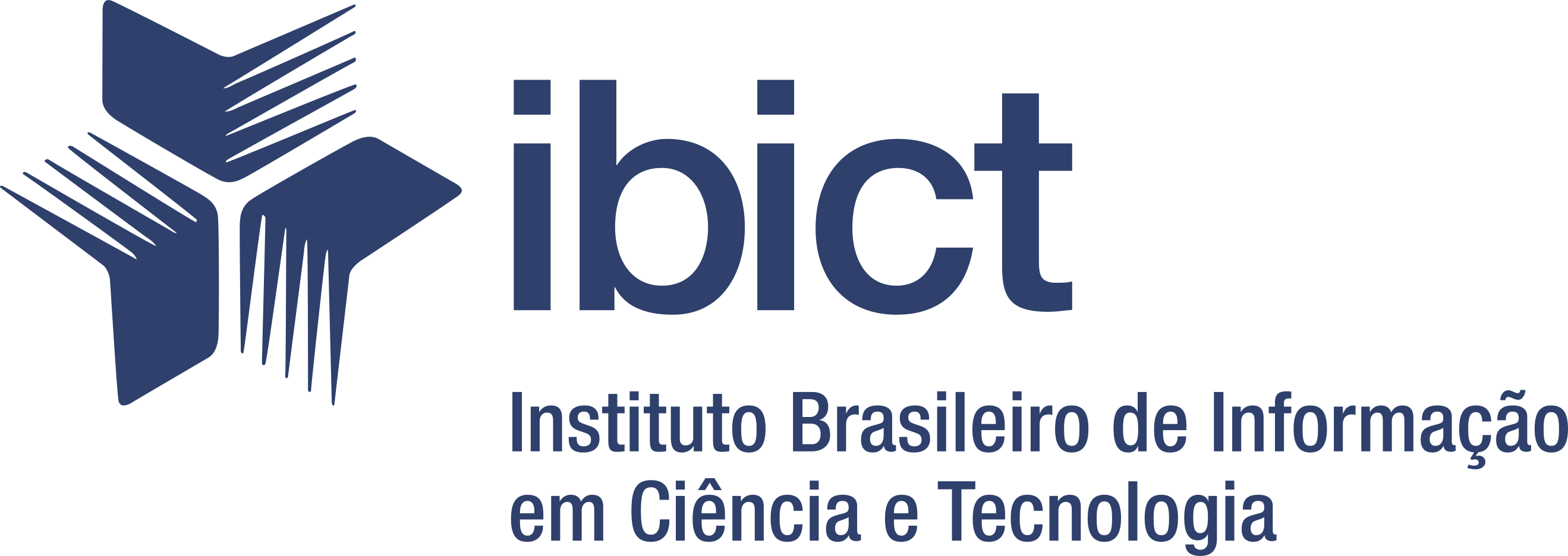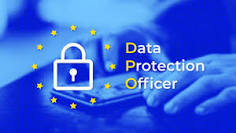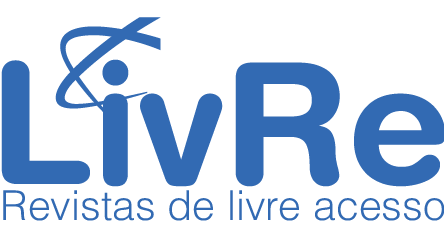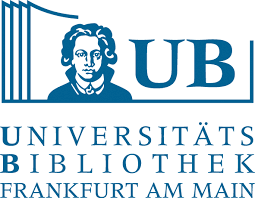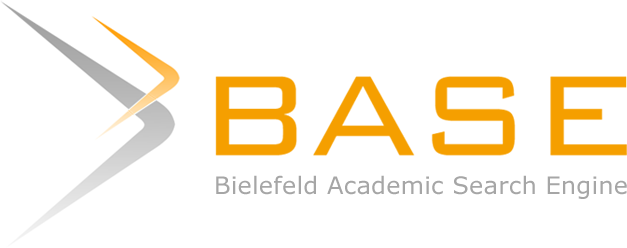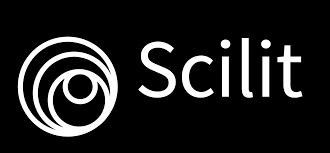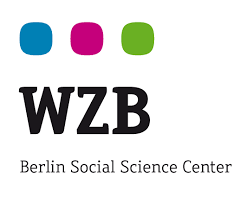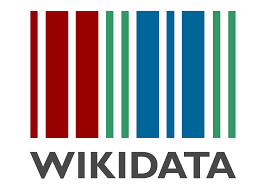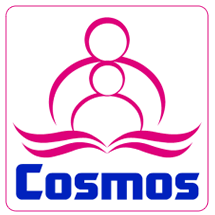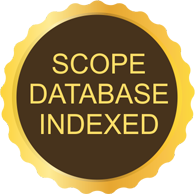USE OF DIDACTIC VIDEO FOR LEARNING THE KREBS CYCLE, HOW TO LEARN WITH A PLAYFUL PEDAGOGICAL APPROACH
DOI:
https://doi.org/10.53612/recisatec.v3i4.261Keywords:
Krebs cycle, Playful video learningAbstract
Cellular respiration, succession of biochemical processes of aerobic cells responsible for releasing energy stored by the oxidation of acetylCoA derived from proteins, lipids and carbohydrates, a general and succinct concept that indicates the release of protons and electrons that will be sent to the pathway of cellular respiration through NAD (nicotinamide, adenine, dinucleotide) formed from niacin or FAD (flavin, adenine, dinucleotide) formed from riboflabin and not only the production of energy ATP (adenosine triphosphate) or GTP (guanosine triphosphate). Concept rarely understood in the first instance by the student, checking, sequencing and understanding the entire mechanism with all the terminology involved makes it difficult for the nobel student who is often frustrated by the learning process. Within the multiple pedagogical strategies; problem-solving methods, inquiry, discovery, project implementation, educational workshops, tutorials, role-playing, using molecular models, pictograms, concept maps, video generation, audio, etc. There is a wide range of resources to generate the teaching-learning process and achieve the desired objective "know, remember, understand, the Kreps cycle", Although there are many resources, the subject is difficult, so taking advantage of the student's curiosity and concerns within their social circles and taking advantage of the gamification of teaching, it is decided to stimulate this process through the student's own curiosity, turning the difficult subject into something playful, recreational and to the student's liking so that through this learning as well as significant is ideal, the development of a musical Tik tok video about the Kreps cycle.
Downloads
References
Tuenti españa., Lifestyle, Diccionario Millennial: Los 36 términos que usan todos los jóvenes [https://o2online.es/tuenti/#]
Gardner H. La inteligencia reformulada: las inteligencias múltiples en el siglo XXI. Paidos; 2001.
Guiza Ezkauriatza M. Trabajo colaborativo en la web: Entorno virtual de autogestión para docentes (Doctoral dissertation, Universitat de les Illes Balears). 2011.
Lehninger AN, Cox D, de Bioquímica MP. 4ª Edición. Ed. Omega. 2006.
García Varcárcel A. Medios Videográficos (Documento en Línea). 2009.
Almenara JC. Propuestas para la utilización del vídeo en los centros. Universidad de Sevilla. Disponível em:< http://tecnologiaedu. us. es/bibliovir/pdf/119. pdf>. Acesso em. 2007 Aug;11.
Bravo L, Méndez P, Ramírez T. La Investigación Documental Biográfica Caracas. 1987.
Gimineo J. El currículo una reflexión sobre la práctica. Madrid. Editorial Morata. 1988.
Salinas J. Las posibilidades del vídeo digital para la formación. Palma de Mallorca, Universitat de les Illes Balears. 1992.
Herreros MC. Información multimedia: soportes, lenguaje y aplicaciones empresariales. Pearson Educación; 2005.
Downloads
Published
How to Cite
Issue
Section
Categories
License
Copyright (c) 2023 RECISATEC - SCIENTIFIC JOURNAL HEALTH AND TECHNOLOGY

This work is licensed under a Creative Commons Attribution 4.0 International License.
Os direitos autorais dos artigos/resenhas/TCCs publicados pertecem à revista RECISATEC, e seguem o padrão Creative Commons (CC BY 4.0), permitindo a cópia ou reprodução, desde que cite a fonte e respeite os direitos dos autores e contenham menção aos mesmos nos créditos. Toda e qualquer obra publicada na revista, seu conteúdo é de responsabilidade dos autores, cabendo a RECISATEC apenas ser o veículo de divulgação, seguindo os padrões nacionais e internacionais de publicação.

